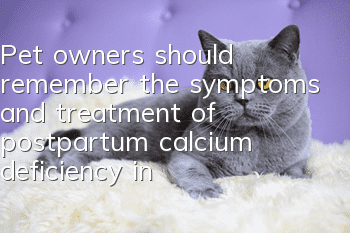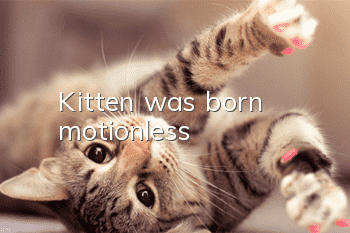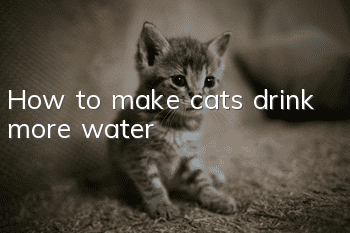Pet owners should remember the symptoms and treatment of postpartum calcium deficiency in cats!

Pet owners should remember the symptoms and treatment of postpartum calcium deficiency in cats! Many pet lovers hope that their pets can stay alive, so they choose to breed their pets. However, if you are not a professional, in the pet breeding process will face many problems. Postpartum calcium deficiency in cats is a common disease that occurs during reproduction. The editor will introduce to you the clinical symptoms and treatment methods of postpartum calcium deficiency in cats.
Cat
1. Clinical symptoms
The affected cat is extremely excited, has stiff limbs, and has persistent tonic spasms of muscles; it cannot Standing, eyeballs tremble, pupils are dilated, conjunctiva is flushed; foaming at the mouth, mouth color is red, tongue is constantly extending, the edge is bitten and bleeding; consciousness is impaired, reaction is slow, head and neck are thrown back, tail is raised, and the symptoms are Opisthotonus posture; body temperature between 39°C and 42°C, breathing rate between 100 and 160 times/min, and heart rate between 120 and 200 times/min.
2. Treatment methods and case introduction
Calcium supplementation is a specific treatment for this disease. As long as sufficient calcium is supplied according to the symptoms, the treatment purpose can be achieved quickly. The prescription used is to mix 10% calcium gluconate 10-20mL with 5% glucose 100-150mL and infuse intravenously. Combined with intramuscular injection of vitin gum calcium or oral calcium tablets and cod liver oil, to enhance the effect of calcium supplementation and prevent recurrence. 39 cases of cats were cured once, and 2 cases relapsed. After calcium supplementation, instructions to strengthen nutrition and postpone breastfeeding, no recurrence occurred.
- Which ointment is better for treating ringworm in cats?
- How to make a cat more obedient? Let it remember its name!
- What are the benefits of cats basking in the sun? Things to note when cats are basking in the sun
- Is it true that a cat can be trapped by drawing a circle on the ground?
- What should I do if my cat’s feet are injured and bleeding?
- Do you know the difference between Burmese cats and Siamese cats? The difference between Burmese cats and Siamese cats!
- Cat has loose stools but is in good spirits
- When is the best age to neuter a cat?
- Symptoms and Treatment of Feline Coccidiosis
- Is it better for cats to eat cat food? The correct way to feed cats!



